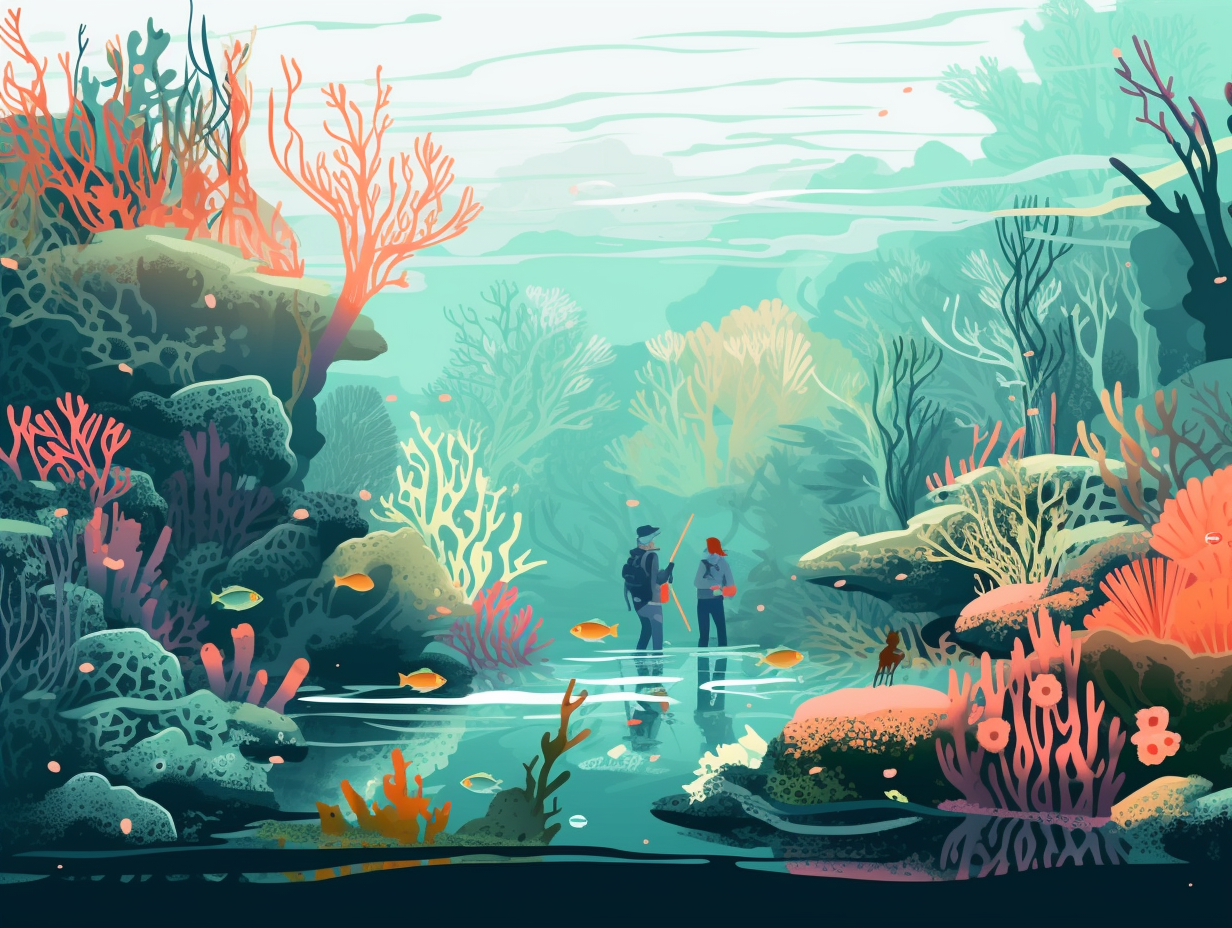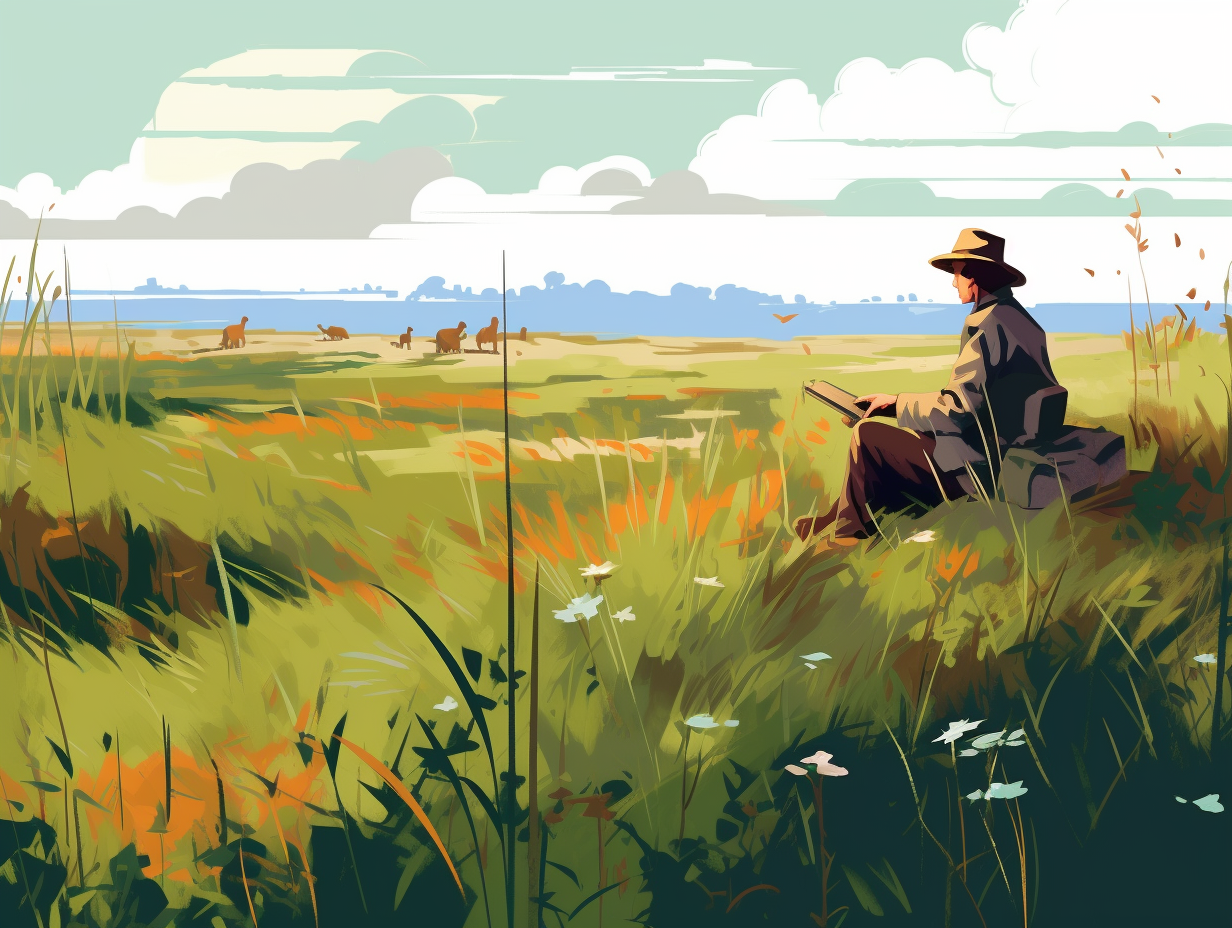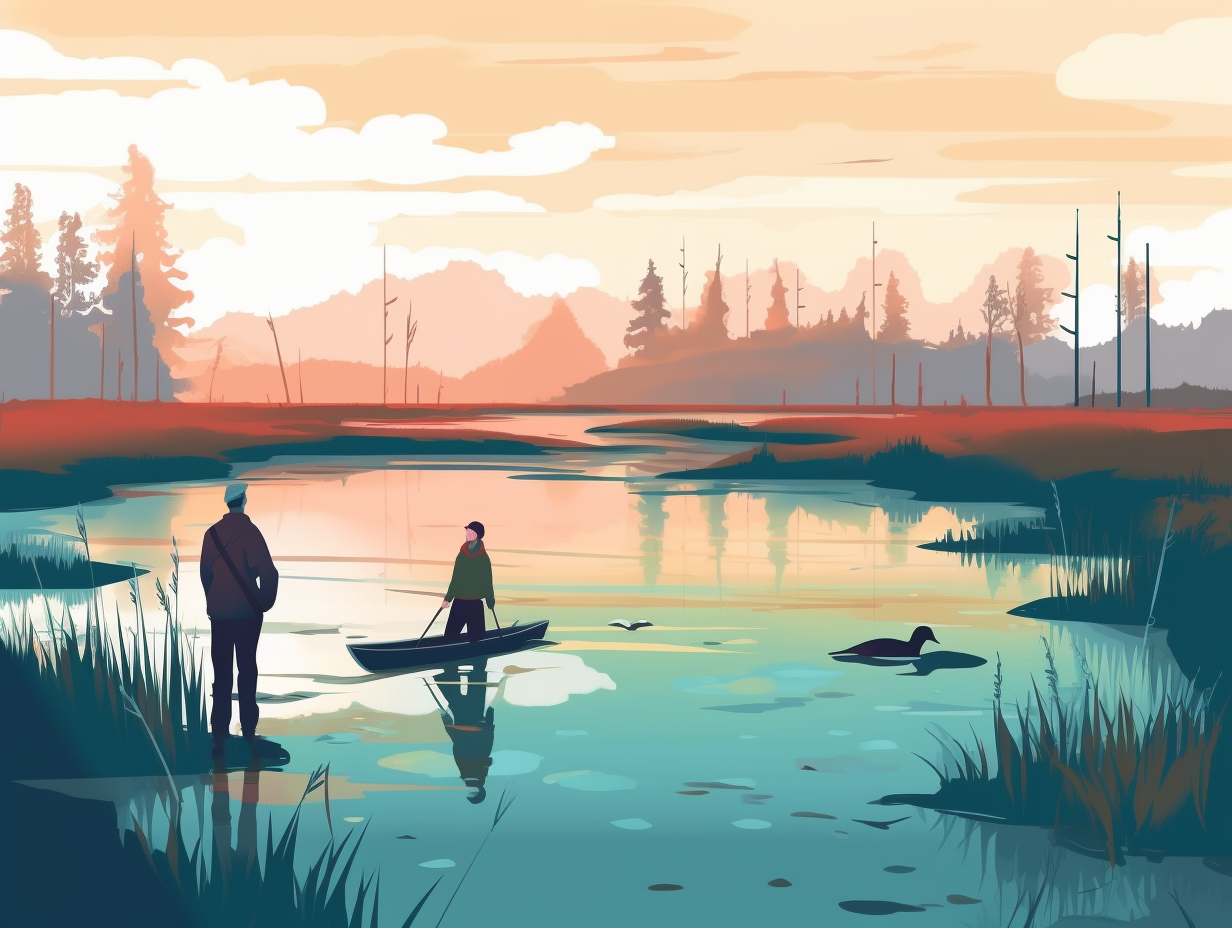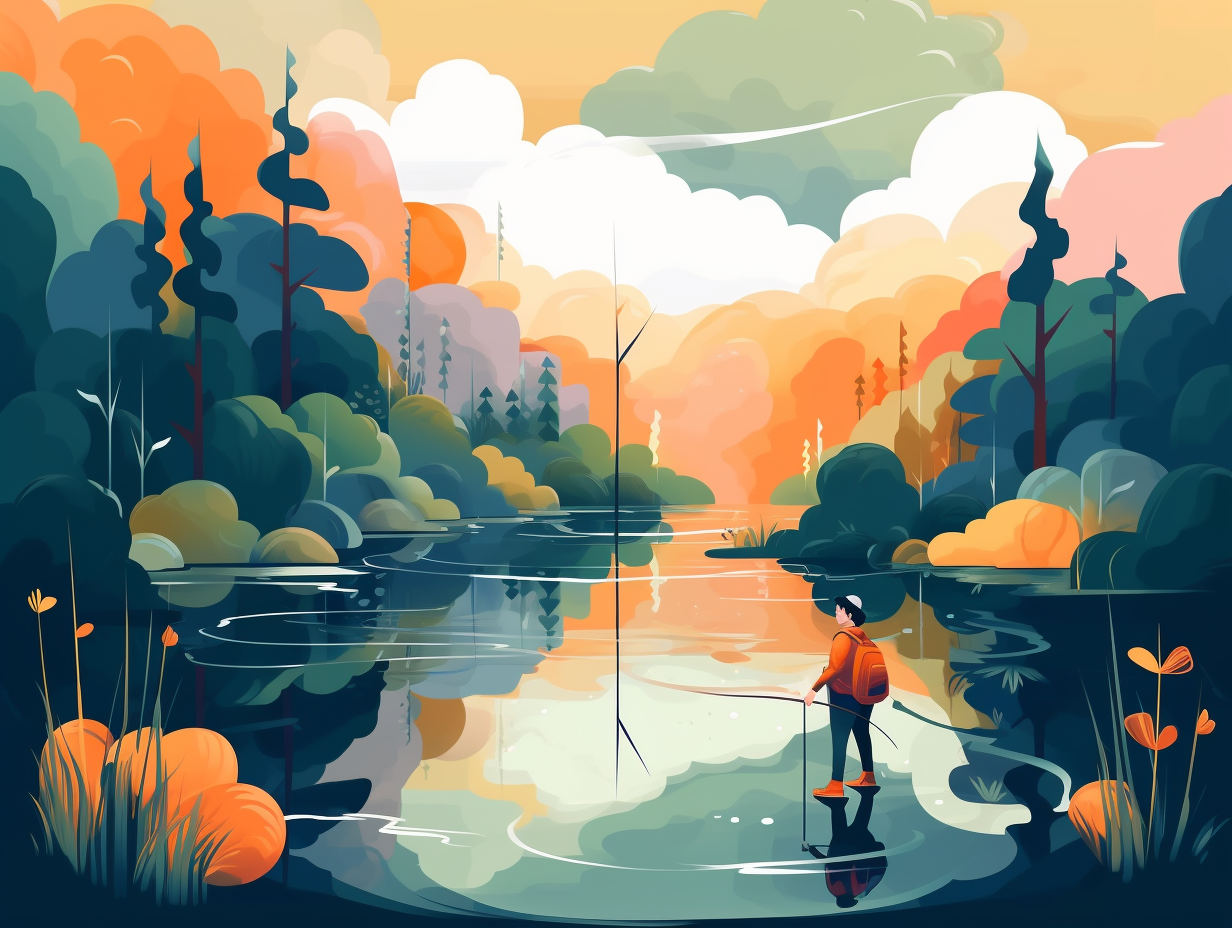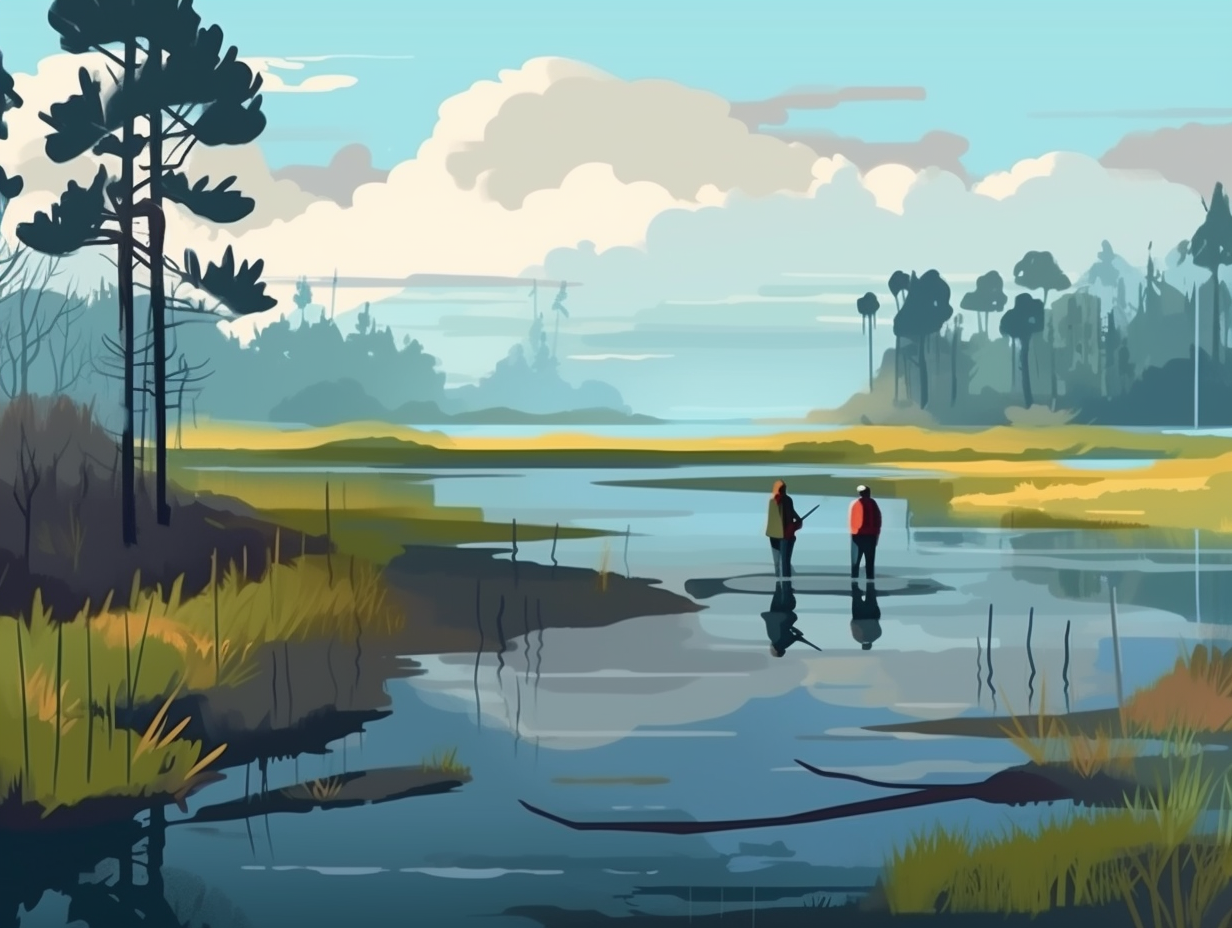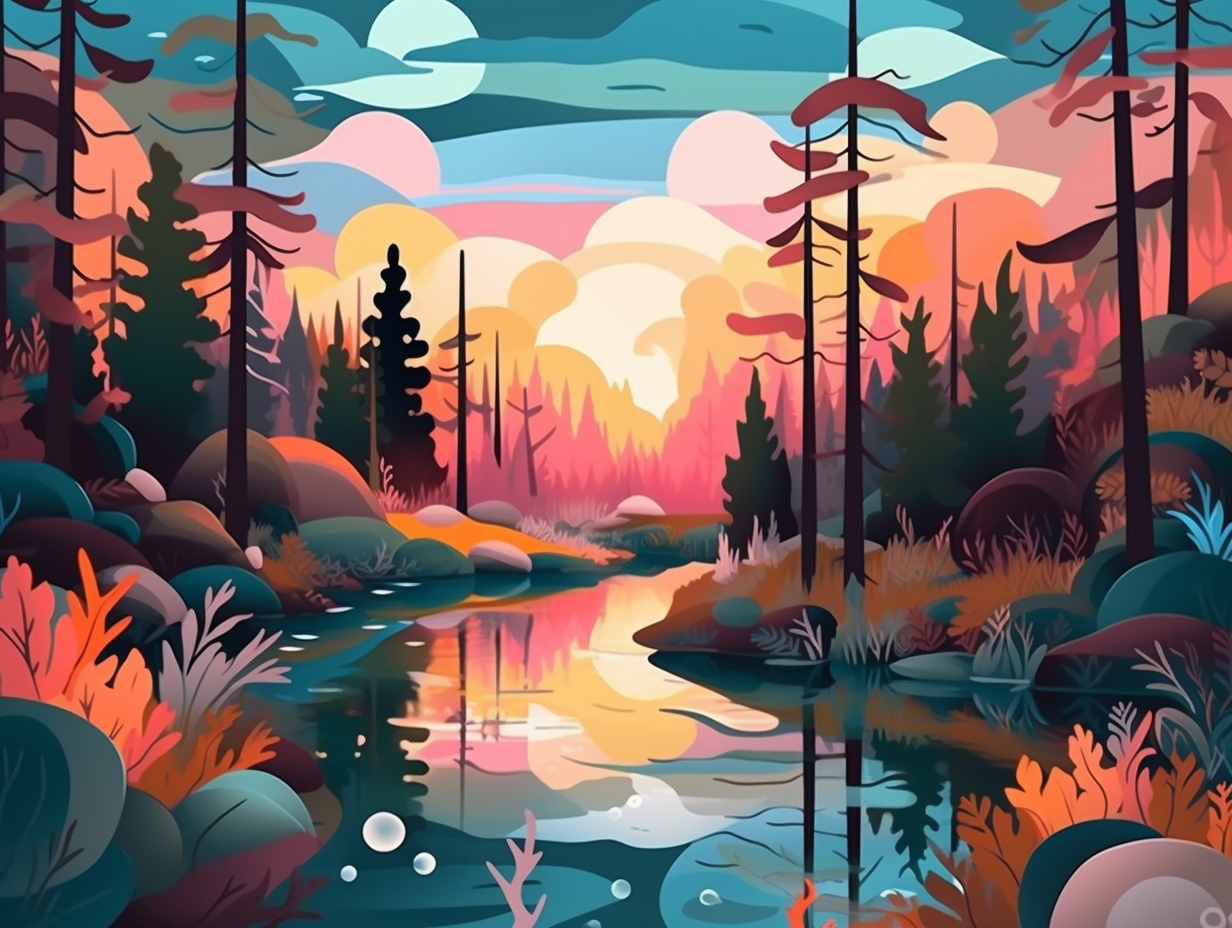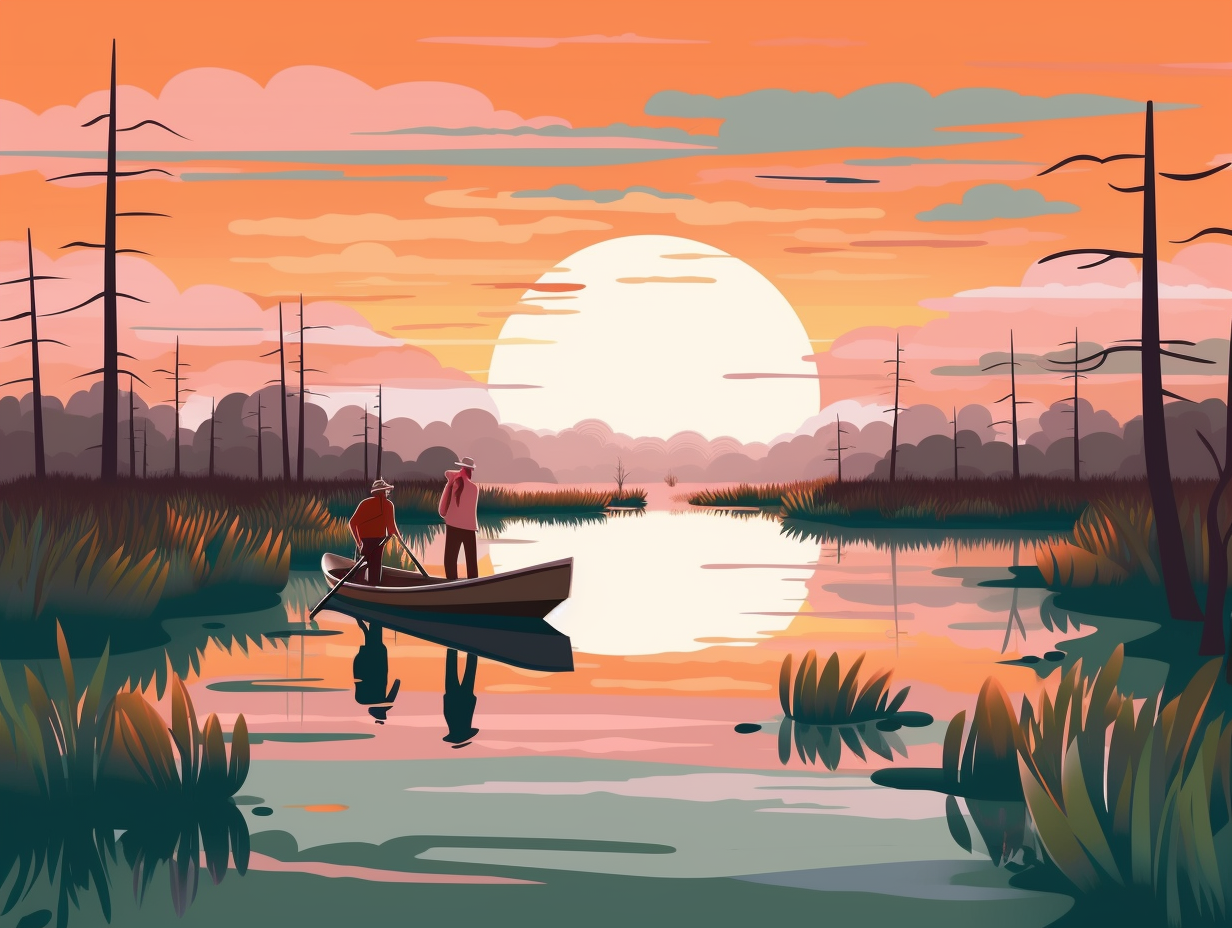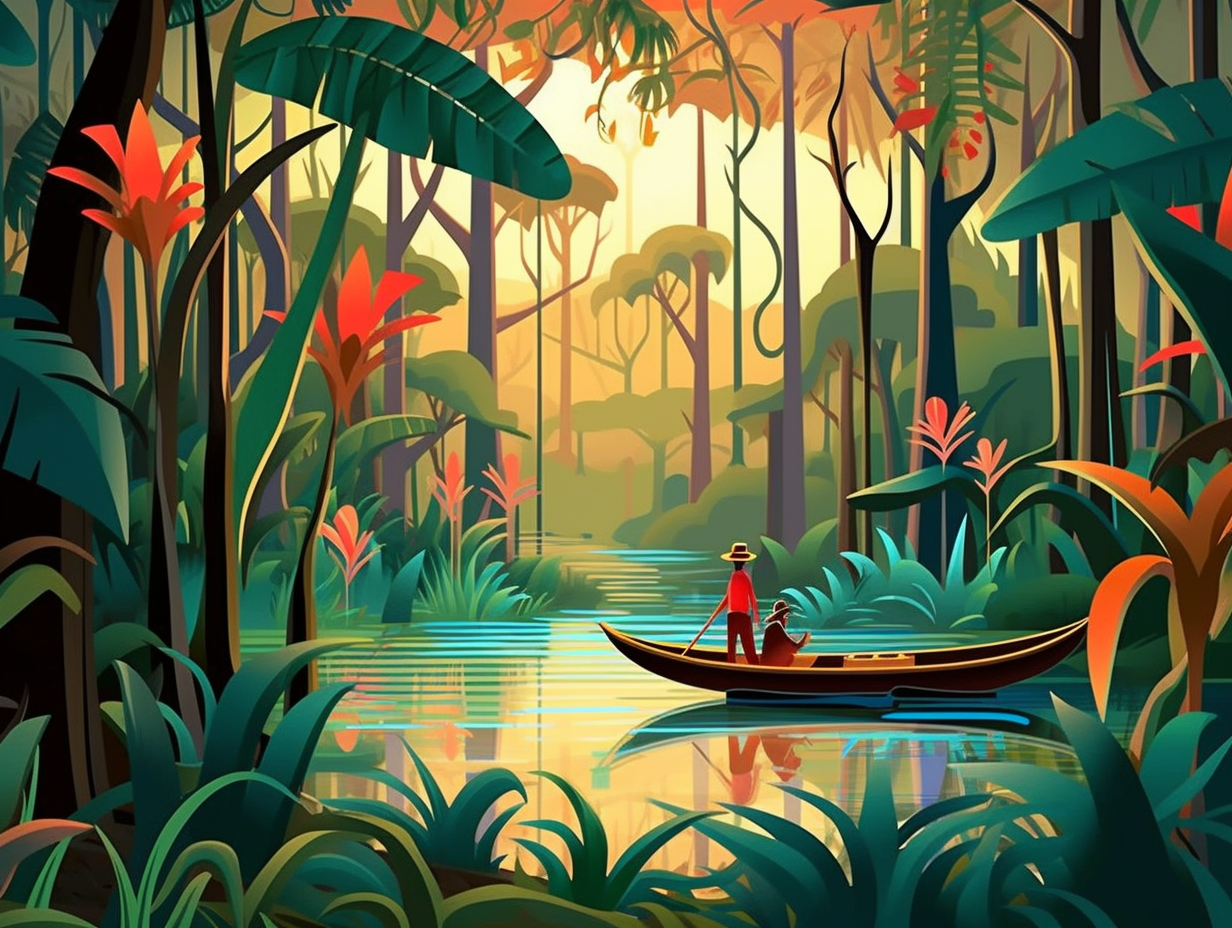Discover the Wild Side: Top 12 Unbelievable Fun Facts About Habitats You Never Knew!

1. Coral Reef Cities
If you thought your crowded city apartment was bustling, wait until you step into a coral reef: These underwater metropolises boast the highest biodiversity of any ecosystem on the planet - housing over 25% of all marine life, while claiming less than 1% of the ocean floor real estate!
Source => coral.org
2. Termites: Planet Protectors
Termites: the unsung heroes of soil rejuvenation and crude oil clean-up! That's right, these little critters are like the Dr. Frankenstein of the farming world, stitching together soil fertility out of lifeless earth: termite mounds are packed with high amounts of total nitrogen due to the mineralization of soil organic matter, making it an excellent resource for small-scale farmers looking to boost fertility and crop yield. Plus, termite mound soil has been found to play a significant role in decontaminating crude oil polluted grounds, offering a greener and more affordable solution than those chemicals or fiery incinerations.
Source => researchgate.net
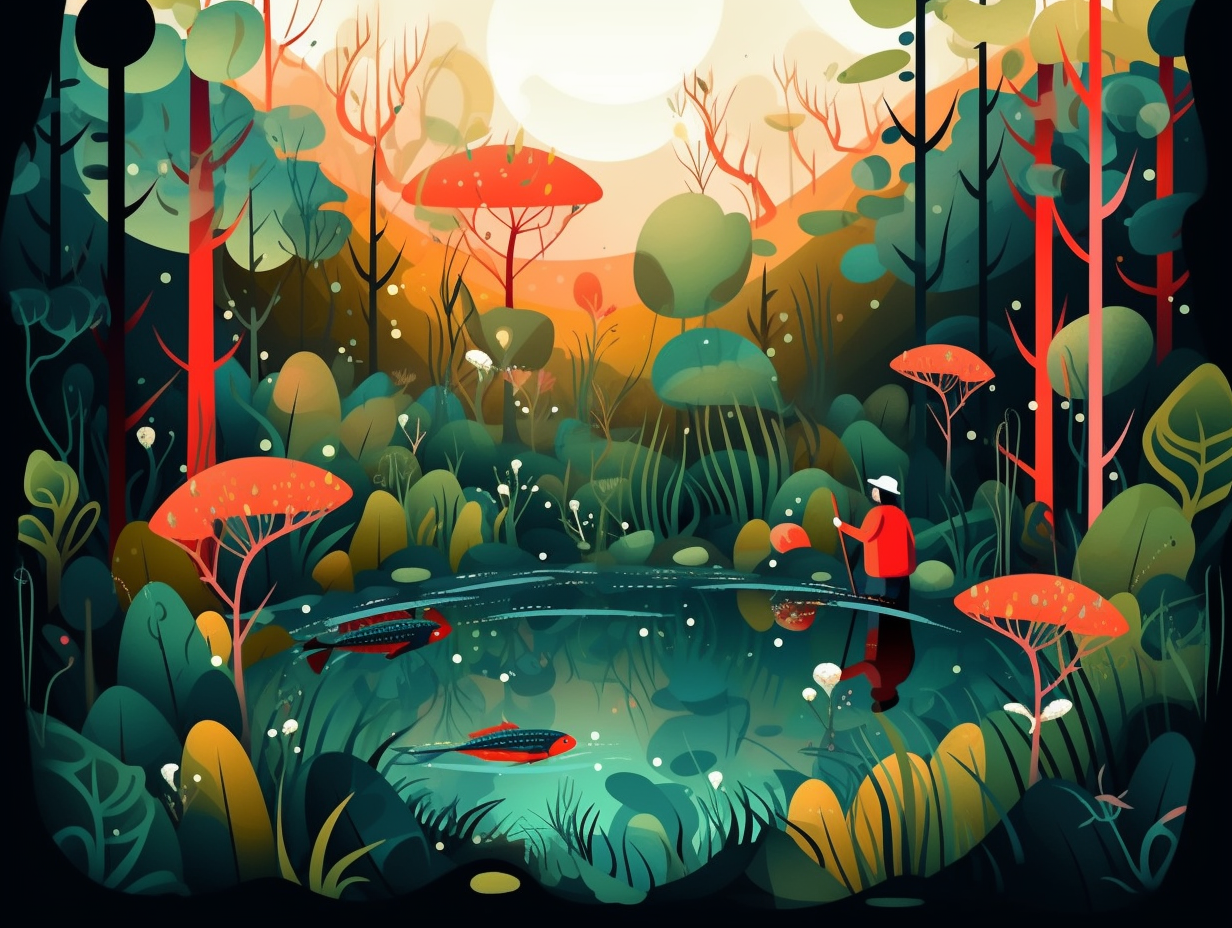
Discover the fascinating world of the platypus - a unique mammal that lays eggs, leaks milk through its skin, and shares genetic traits with both reptiles and mammals. Dive into their mysterious underwater world! 🦆🌊
=> Fun Facts about Ecosystems
3. Tallgrass Prairie Party
If big bluestem, Indian grass, and switch grass were to walk into a bar, they'd certainly say "hi" to the rather deep-rooted dotted gayfeather: The tallgrass prairie, one of three distinct prairie regions, sprouts a vibrant ecosystem with over 300 species of forbs (flowers) which includes big bluestem, Indian grass, switch grass, and the remarkably enduring dotted gayfeather that boasts 10-15 feet deep roots.
Source => nps.gov
4. Shrimp Symphony
If shrimp could sing, they'd probably form their own rock band called "The Snappers": snapping shrimp are actually a vital tool for monitoring the well-being of underwater habitats like coral reefs, kelp forests, and rocky bottoms. By listening to the volume of their snap-tastic concerts, scientists can establish a healthy baseline and detect any alarming changes that could indicate damage and restoration success in these marine environments.
Source => sanctuaries.noaa.gov

5. Mangrove Hotels for Birds
Talk about a bird's eye B&B: Mangroves serve as spectacular bed-and-breakfast pit stops for migratory birds traveling far and wide. In places like the Indus Delta in Pakistan and the Rufiji Delta in Tanzania, these leafy accommodations offer safety and bountiful buffets for kingfishers, herons, egrets, and more, ensuring a delightful sojourn for our feathered globe-trotters.
Source => mangroveactionproject.org
6. Hermit Crab Conga Line
Ever heard of a crustacean conga line? The hermit crab housing market is like a bizarre version of that dance, minus the catchy music and feathered hats: When they outgrow their homes, hermit crabs patiently queue up to upgrade sizes, one orderly shuffle at a time, all thanks to the watchful eyes of naturalist David Attenborough.
Source => kottke.org
7. Saguaro Cactus Diet
Envision a cactus on a diet, constantly bingeing like a desert glutton when a drink is available, and then slimming down gracefully when deprived: saguaro cacti can weigh over a ton when filled with water, storing hundreds of gallons during rainfall to last through their not-so-lean, green times.
Source => dbg.org
8. Raccoon Escapologists
Raccoons: members of Trash Panda University majoring in the Fine Art of Escapology and Dumpster Diving! These enigmatic critters have remained a mystery to scientists due to their Houdini-esque escapes and experiment-evading skills: However, their natural adaptability shines through in urban environments where they raid trash cans and break into human-made structures with the confidence of an Ocean's Eleven team.
Source => nationalgeographic.com
9. Evergreen Forest Schedulers
They say that timing is everything, but who knew that evergreen forests in the tropics were the ultimate schedulers, with leaves constantly calling, "Water and light? Time to take flight!": These forests have mastered the art of shedding and growing leaves according to water and light availability, instead of just winging it with temperature. The result? A breathtaking dance of survival and growth tailored to the beat of seasonal precipitation and shortwave radiation correlations.
Source => sciencedirect.com

10. Mountain Goat Rock Stars
Introducing the gravity-defying, masterful mountaineers of the animal kingdom: the mountain goats! Their rock star climbing skills can put any free-climbing enthusiast to shame. Armed with their specially designed hooves, ready for gripping, and toenails worthy of a gnarled crag, these hoofed daredevils can conquer slopes with a steep 40° to 60° angle as easily as you climb into bed. In their high-altitude homes across the dramatic landscapes of North America's Rocky Mountains and Cascade Range, these goats show off their superpowers like only real-life Spider-Man wannabes could.
Source => icr.org
11. Squirrel Architects
Squirrels, the architects of the animal kingdom, always make their dreys in the newest avant-garde tree-top apartments, even if the construction materials seem like they came straight from a dumpster: These furry creatures are fully committed to upcycling, building nests with anything from twigs to insulation, paper, and trash, positioned near food sources, and keeping predators at bay - a masterclass in location, location, location!
Source => varmentguard.com
12. Arctic Tern's Incredible Journey
Talk about frequent flyer miles: the Arctic Tern takes the cake as one bird that definitely doesn't have commitment issues, with one particular record breaker clocking in an astounding 59,650 miles (96,000 kilometers) yearly migration from the Arctic to Antarctica and back again!
Source => nwf.org
Related Fun Facts


